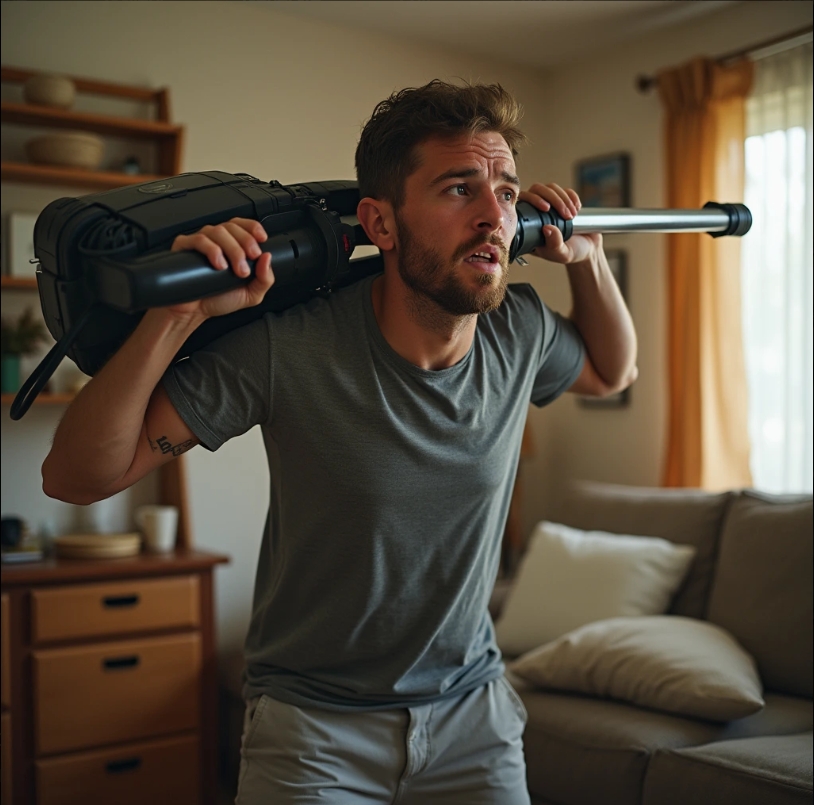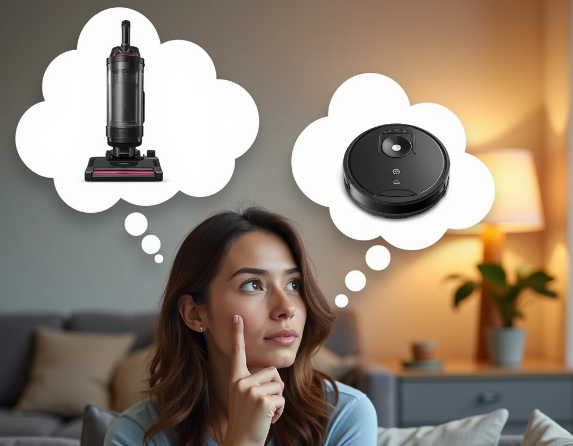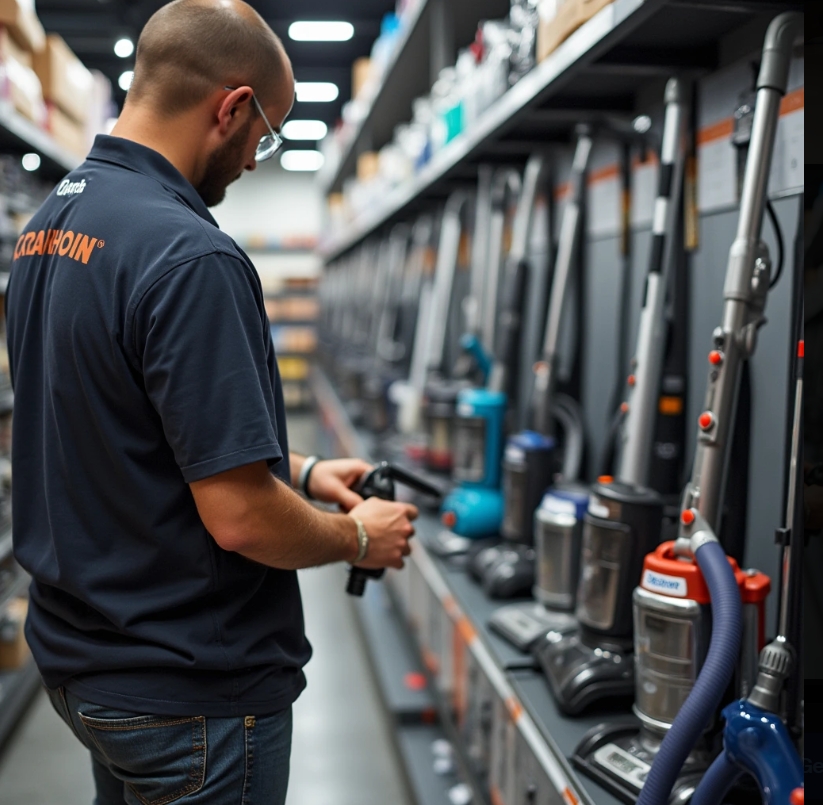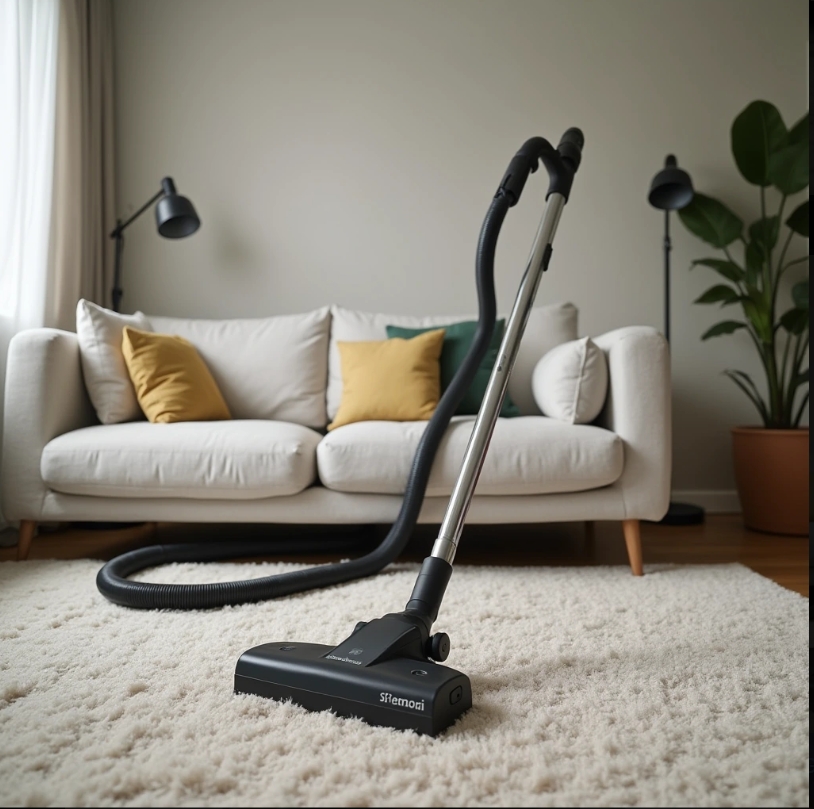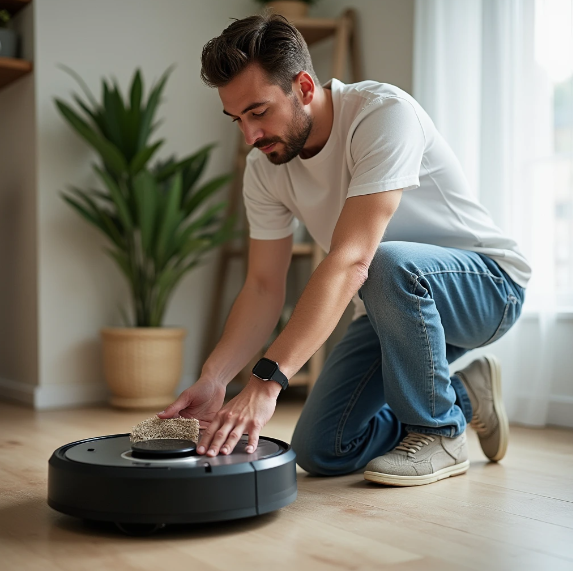When buying a vacuum cleaner (see products on Amazon here) , most people focus on suction power, features, or price. However, weight is often overlooked, even though it can significantly affect how convenient and practical a vacuum is to use.
In this post, we’ll break down the typical weights of different vacuum types, the problems a heavy vacuum can cause, and tips for choosing a model that suits your needs.
How Much Do Vacuums Weigh?
The weight of a vacuum cleaner varies depending on its type, size, and features. Here’s a quick overview of common vacuum types and their average weights:
1. Upright Vacuums
- Average Weight: 12–18 lbs (5.5–8 kg)
- Details: Upright vacuums tend to be the heaviest due to their large motors and robust construction. They are designed for deep cleaning carpets but may be cumbersome to carry up and down stairs.
2. Canister Vacuums
- Average Weight: 8–14 lbs (3.5–6.5 kg)
- Details: Canister vacuums are lighter than upright models, making them easier to maneuver. However, the canister itself can be bulky when moving between rooms.
3. Stick Vacuums
- Average Weight: 3–7 lbs (1.5–3 kg)
- Details: These are some of the lightest vacuums on the market, perfect for quick cleanups and hard floors.
4. Robot Vacuums
- Average Weight: 5–8 lbs (2.5–3.5 kg)
- Details: While robot vacuums are compact, they carry motors and sensors that add to their weight. Luckily, they operate on their own, so weight isn’t usually a concern.
5. Handheld Vacuums
- Average Weight: 2–5 lbs (1–2.5 kg)
- Details: Handheld vacuums are lightweight and portable, ideal for small messes or cleaning car interiors.
Problems Caused by Heavy Vacuums
While heavy vacuums often deliver powerful cleaning performance, they can also cause several inconveniences and even physical challenges for users:
1. Difficulty Moving and Storing
- The Problem: Heavier vacuums are harder to push across floors and can strain your back and arms. Additionally, storing a bulky vacuum in a small space can be a hassle.
- Solution: Consider lightweight or compact models if storage space is limited or if you’ll need to clean large areas frequently.
2. Carrying Up and Down Stairs
- The Problem: If you live in a multi-story home, lugging a heavy vacuum up and down stairs can be exhausting and even dangerous.
- Solution: Look for models with ergonomic handles or detachable canisters for easier portability.
3. Not Suitable for Seniors or People with Limited Mobility
- The Problem: Seniors or individuals with back pain or mobility issues may struggle to operate heavy vacuums.
- Solution: Lightweight stick vacuums or robot vacuums are excellent alternatives for these users.
4. Increased Risk of Accidents
- The Problem: Heavy vacuums can be harder to control, increasing the chances of accidentally damaging furniture, walls, or even your own feet.
- Solution: Opt for vacuums with swivel heads or wheels designed for smooth maneuverability.
Tips for Choosing the Right Vacuum Weight
If the weight of a vacuum is a concern, here are some tips to ensure you select a model that’s both efficient and easy to handle:
- Test Before You Buy: If possible, visit a store and try lifting or pushing the vacuum to get a feel for its weight.
- Check Specifications: Look at the product details to find the vacuum’s exact weight. Compare models to find one that suits your preferences.
- Look for Features That Improve Maneuverability: Wheels, swivel heads, and adjustable handles can make heavier vacuums easier to use.
- Choose Cordless Models for Less Weight: Cordless vacuums are generally lighter than corded models since they don’t require bulky cords or motors.
- Consider Multiple Vacuums: If your home has both carpets and hard floors, you might benefit from owning a lightweight stick vacuum for quick cleanups and a heavier canister vacuum for deep cleaning.
The weight of a vacuum cleaner might seem like a small detail, but it can have a big impact on your cleaning experience. Heavy vacuums may offer more power, but they can also be inconvenient and difficult to use, especially in multi-story homes or for individuals with limited strength or mobility.
When shopping for a vacuum, consider not only its weight but also its features, ease of use, and suitability for your specific cleaning needs. By finding the right balance, you can enjoy a cleaner home without unnecessary strain.
For more tips and expert advice on maintaining your vacuum, visit our website bestvacuumsguide.com (here).

